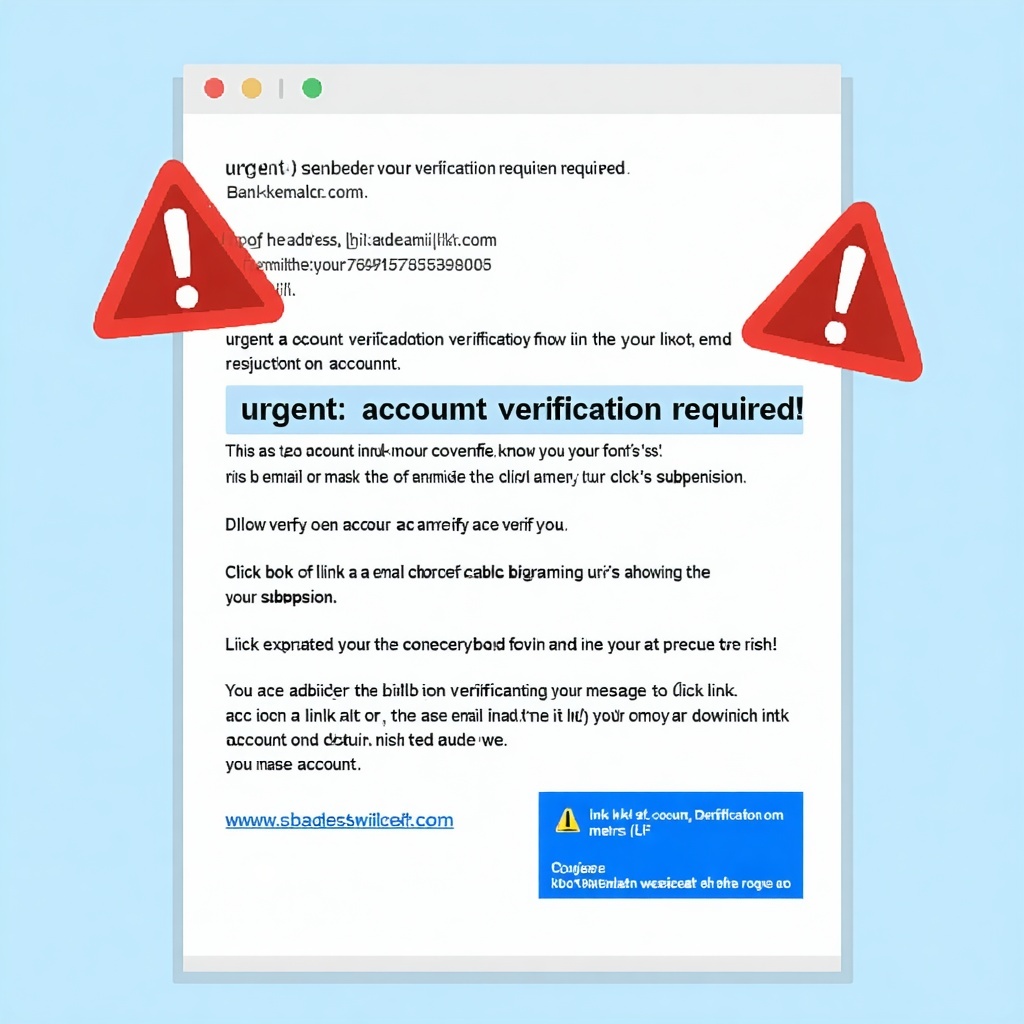
How to Create a Strong Password (And Why It Still Matters)
Introduction:
Even in an age of biometrics, encrypted tokens, and advanced security systems, one simple truth remains: weak passwords are still one of the top ways hackers gain access to accounts. Despite growing awareness, millions of users continue to use easy-to-guess or reused passwords—leaving them highly vulnerable. In this guide, we’ll explain why strong passwords still matter, how to create them, and the role of tools like password managers and two-factor authentication in protecting your digital identity.
Why Passwords Still Matter
While modern security solutions like biometrics and single sign-on (SSO) are on the rise, passwords are still the most widely used method of authentication. From email accounts to online banking, social media to cloud storage, passwords serve as the first line of defense.
However, many breaches start with one weak or compromised password. Hackers use brute force attacks, dictionary attacks, and data leaks to crack accounts, often gaining access to multiple services when users reuse passwords.
Common Mistakes People Make
Here are some of the most frequent—and dangerous—password habits:
-
Using the same password across multiple sites
-
Choosing short passwords like "123456" or "password"
-
Including personal details (birthdates, pet names)
-
Failing to update passwords regularly
-
Writing passwords on paper or saving them in unsecured files
These practices create easy entry points for cybercriminals.
Characteristics of a Strong Password
A secure password should be:
✅ At least 12–16 characters long
✅ A mix of uppercase, lowercase, numbers, and symbols
✅ Free of common words, names, or predictable patterns
✅ Unique for every account
Example of a strong password: T8k#9l!sZr2Xq@3N
(You don’t need to remember this exact one—see the next section.)
Password Manager vs. Memorization
Trying to remember dozens of complex passwords is nearly impossible—and unnecessary. That’s where password managers come in.
Benefits of a password manager:
-
Stores and encrypts your passwords securely
-
Auto-fills login forms
-
Suggests strong, unique passwords
-
Syncs across your devices
Some trusted options include Bitwarden, 1Password, and LastPass.
Two-Factor Authentication (2FA): The Extra Layer
Even the strongest password can be compromised, so adding 2FA is essential. This method requires a second verification step, such as:
-
A code sent to your mobile device
-
An app-generated time-based code (e.g., Google Authenticator)
-
A fingerprint or facial scan
With 2FA enabled, even if someone steals your password, they can’t access your account without that second factor.
How Often Should You Change Your Passwords?
While frequent changes used to be the standard advice, modern security experts recommend changing passwords only when there’s a known breach or if you suspect compromise. However:
-
Avoid reusing old passwords
-
Regularly review accounts for suspicious activity
-
Always change passwords immediately after a data leak
Real-World Examples of Password Breaches
Still not convinced? Here are a few notable cases:
-
LinkedIn (2012): 117 million user emails and passwords exposed
-
Yahoo (2013–2014): Over 3 billion accounts affected
-
Facebook (2019): Hundreds of millions of plain-text passwords stored insecurely
In many of these cases, reused or weak passwords allowed attackers to spread damage across platforms.
Final Security Checklist
Before you go, review this quick checklist to secure your digital life:
✅ Use strong, unique passwords for every account
✅ Store passwords in a trusted password manager
✅ Enable two-factor authentication everywhere possible
✅ Avoid clicking on suspicious links or entering credentials on unverified pages
✅ Stay updated on data breaches using tools like Have I Been Pwned
✅ Change compromised passwords immediately
Conclusion:
Creating strong passwords is a simple but powerful way to protect your online identity. In a world where cyber threats grow more sophisticated by the day, a little extra effort now can save you from major headaches later. Don’t wait for a breach—start securing your accounts today.


